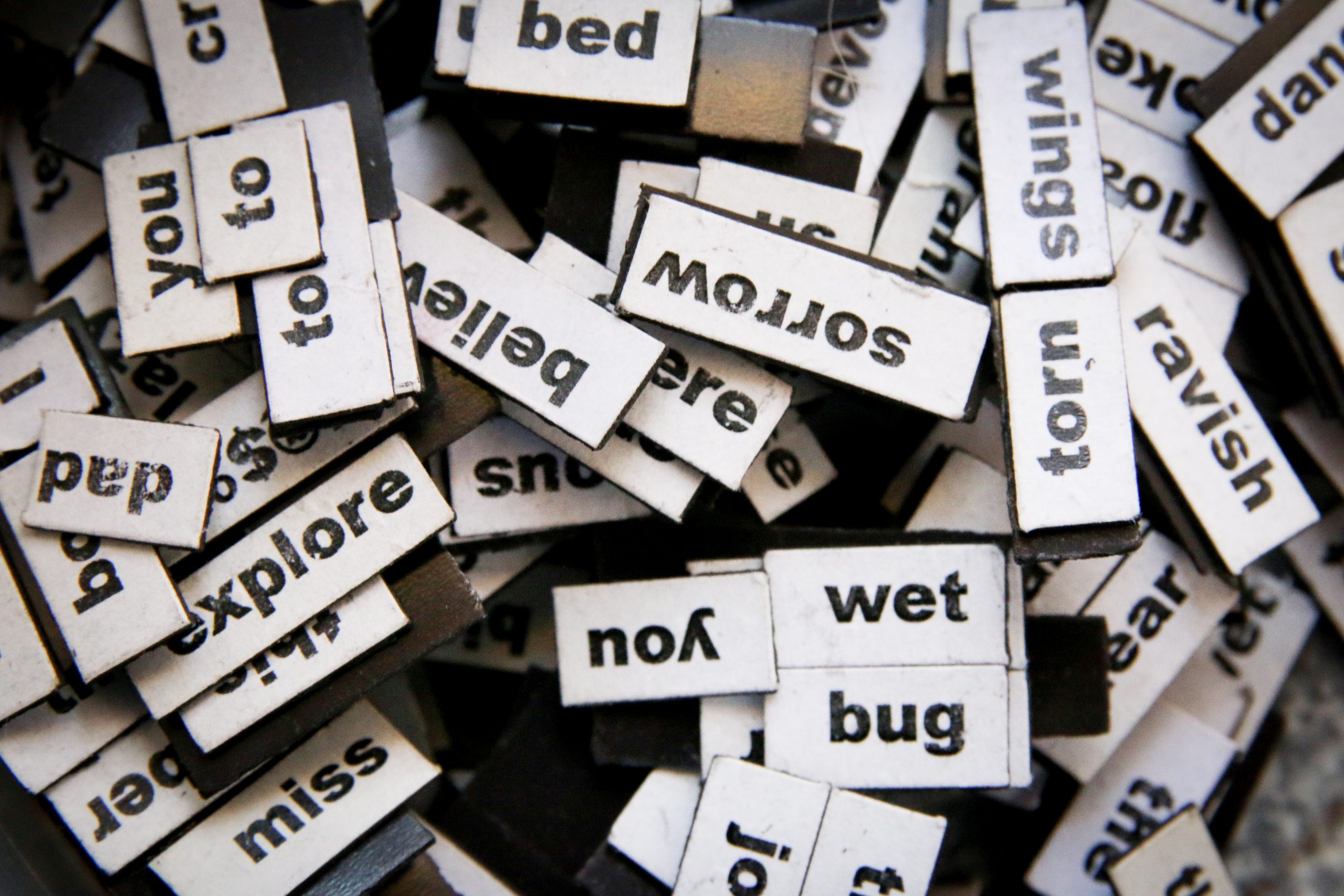Манчестер. 21 января 2022. Ольга Макаренко
Когда речь идёт о новых словах, мы никогда не можем быть уверенны на 100%, что эти слова действительно являются новыми для нашего студента. Исключением являются, разве что, начинающие с нуля, студенты.
Нет ничего более нудного, когда преподаватель распинаясь обьясняет новое слово, а студент его оказывается уже знает.
Все люди учат и запоминают слова с разной динамикой: кто-то умеет запоминать слова, а кто-то нет (обратите внимание, я не говорю, что кто-то запоминает лучше, а кто-то хуже – дело не в памяти).
Таким образом, может сложиться ситуация, в которой один студент, возможно, уже знаком с новым словом, а другой нет, или был знаком но забыл. Это, так называемый, mixed-ability class.
Это одна проблема, с которой сталкивается учитель. Вторая проблема – это то, что мы не знаем насколько хорошо студент может знать это слово. Одно дело, если он его просто слышал… и совсем другое, если он его активно использует в своей речи (речь может быть как письменной, так и устной). И еще, может быть такой вариант, что он думает, что его знает, но на самом деле, неверно использует.
Выходит, что прежде чем начать совершать любые действия с новыми, на наш взгляд, словами, нужно выяснить:
а) знает ли студент это слово
б) слышал ли он его раньше
в) может ли он его свободно и правильно использовать в речи
Если мы прежде не выясним вышеперечисленные пункты, мы рискуем тратить время на преподавание того, что уже и так известно.
Спрашивать каждого студента индивидуально или всех вместе, знают ли они то или иное слово – не вариант. Это ни к чему не приведёт (ученик на задней парте тихонько крикнет “знаю, знаю…”. НЕ НАДО НИЧЕГО СПРАШИВАТЬ!
Один из вариантов проверки, знакомы ли новые слова студентам или нет, – это дать задание, в котором нужно использовать наш новый вокабуляр. Нужно дать возможность студентам самим проводить манипуляции с новым материалом, самим ознакомиться с ним. Тогда сразу станет видно, кто что знает или не знает.
Такой вид работы в методике преподавания языков называется Formative Assessment (можете посмотреть в Гугл). Как видно из названия метода, цель этой процедуры – ОЦЕНИТЬ уже существующие знания. Информация, которую мы получаем в результате этой процедуры, нам дает понимание о том, что мы ДОЛЖНЫ преподавать на уроке, и что ДЕЙСТВИТЕЛЬНО будет полезно.
Примеры введения нового вокабуляра:
Итак, как мы уже сказали, мы не вводим новые слова ни с того, ни с сего, просто вещая их значение классу.
- Ситуационный метод/контекстный метод
Начинается занятие с того, что вы задаете наводящие вопросы по теме урока. Цель – заинтересовать учащихся. Здесь возможны короткие дискуссии, например, о вреде курения или о значение соц. сетей.
Далее предлагается текст по теме урока. Студенты читают текст и отвечают на послетекстовые вопросы. Цель вопросов – увидеть, поняли ли студенты общий смысл текста.
Далее, мы предполагаем, что некоторые слова в тексте могут быть новыми для студентов, но нам нужно выяснить, так ли это.
Даем определение новых слов, а студенты должны найти в тексте слово к которому дано это определение. Или, даем антоним, а студент должен найти синоним в тексте.
Логичный вопрос, КАК мы “даём” определение? Для того, чтобы исключить назойливое присутствие учителя (или другими словами, снизить TTT – Teacher Talking Time), необходимо дать студентам бразды правления: разделить их на группы или пары и дать им задание в письменном виде. Можно для этого использовать более привлекательные материалы – wordwall, quizziz, и проч.
В процессе выполнения задания, учитель не отдыхает, а внимательно следит за всем, что происходит и делает для себя пометки, кто, где ошибся, кто уже всё знает и над чем кому нужно поработать.
Очень важно – дать студентам временные рамки (как часто об этом забывают преподаватели). Не нужно слишком растягивать “удовольствие”. Обычно, минут 10 должно быть достаточно. Если активность затянулась на пол-урока – значит что-то пошло не так, за этим должен следить учитель.
По окончании задания, у нас есть представление о том, насколько студенты знакомы со словами. Дальше уже можно отрабатывать и произношение, грамматику и употребление.
Вариация на эту же тему, – это попросить студентов в процессе чтения подчеркнуть, например, не более пяти совершенно незнакомых им слов. Затем, попросить их а) попробовать угадать смысл из контекста, б) посмотреть значение самостоятельно в словаре.
2) Метод Обнаружения
Студентам бывает очень полезно самим выявить правило или новый вокабуляр.
Например, дается диалог для прослушивания, задаются послетектовые вопросы на понимание текста. В тексте используется потенциально новый вокабуляр.
Затем делим студентов на группы или пары и даем задание, например, найти все прилагательные в тексте, выписать их вместе с существительными, которые они описывают, и затем обсудить и попытаться обьяснить, каким образом изменяется окончание прилагательных, обнаружить закономерность. Студенты должны написать своё правило. Или, выпишите из прослушанного текста каким образом рассказчик отказывает или принимает предложение.
Еще один вариант введения нового вокабуляра по той же системе – Метод Обнаружения.
Сначала, студентам предлагается рассмотреть типичные вывески, которые часто встречаются в жизни, например, “не курить”, “кафе”, “вход воспрещен”. Далее студентам дается предложение типа “здесь нельзя курить”, “здесь можно пить кофе”, “отсюда нельзя выходить”. Нужно соединить вывески с фразами. Это студенты делают в парах или группах.
После того, как задание выполнено и проверено, студентам предлагается написать правило по использованию МОЖНО/НЕЛЬЗЯ.
Далее, студенты могут уже могут перейти на следующую стадию урока – отработка нового вокабуляра.
Об отработке вокабуляра в следующей статье.
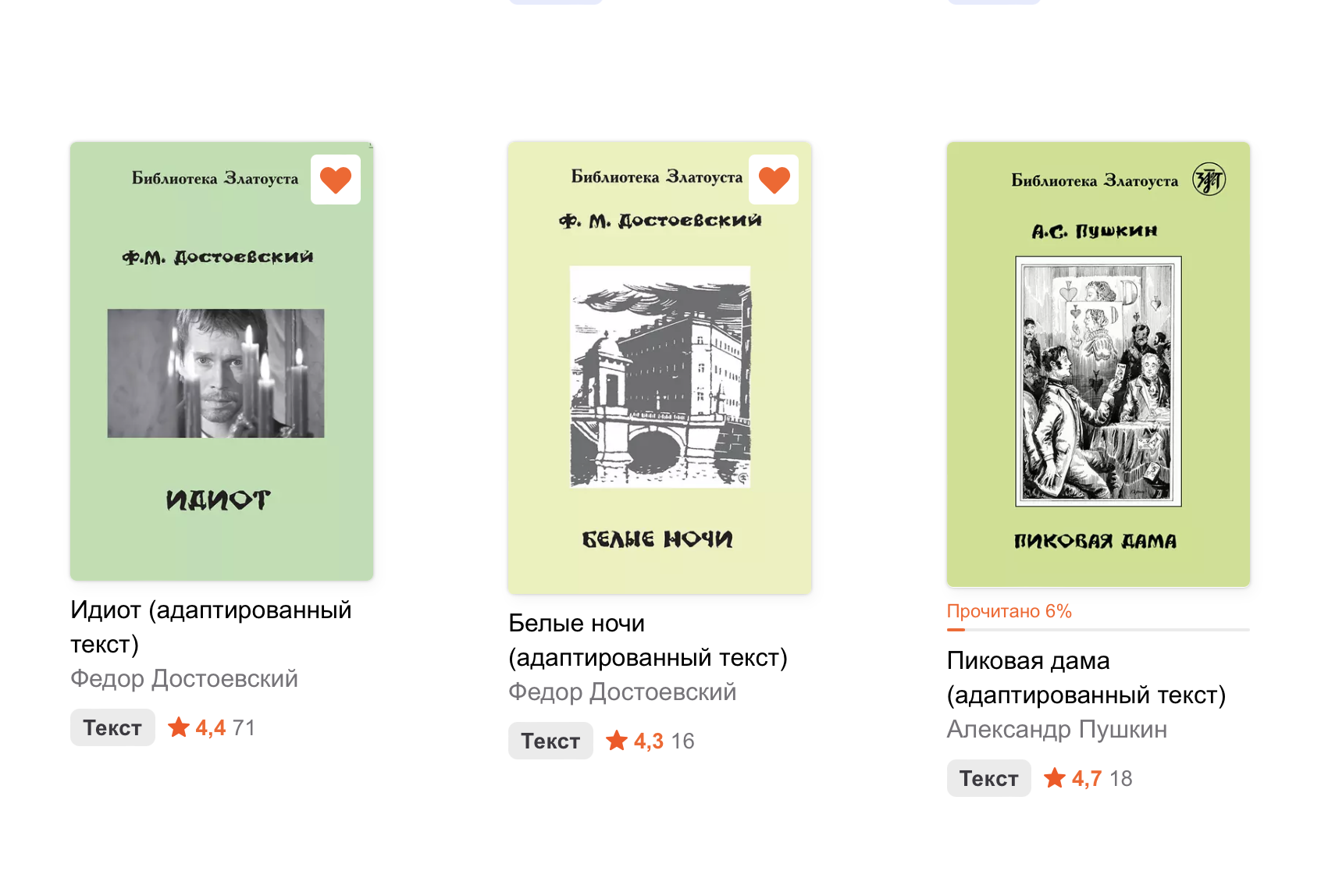
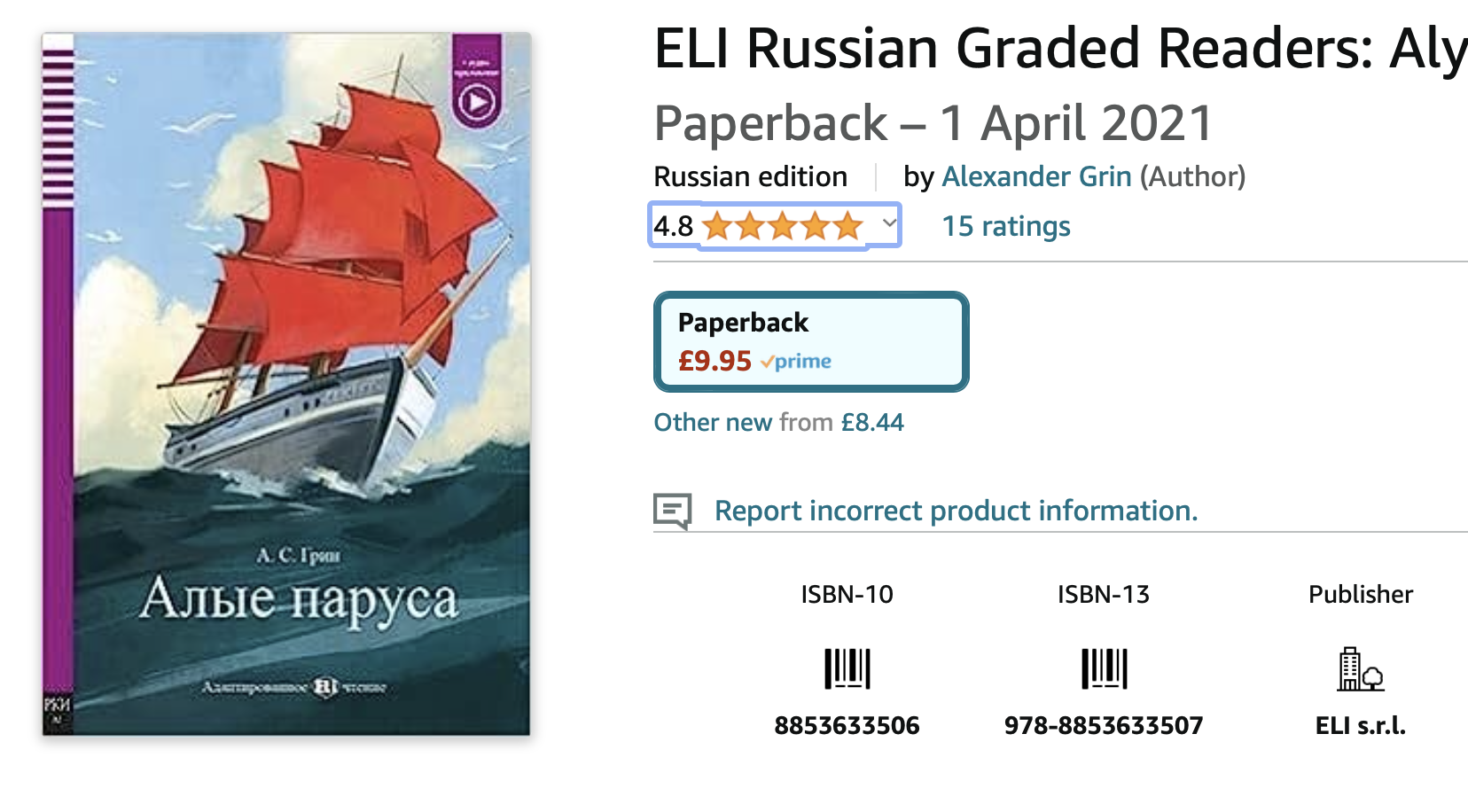
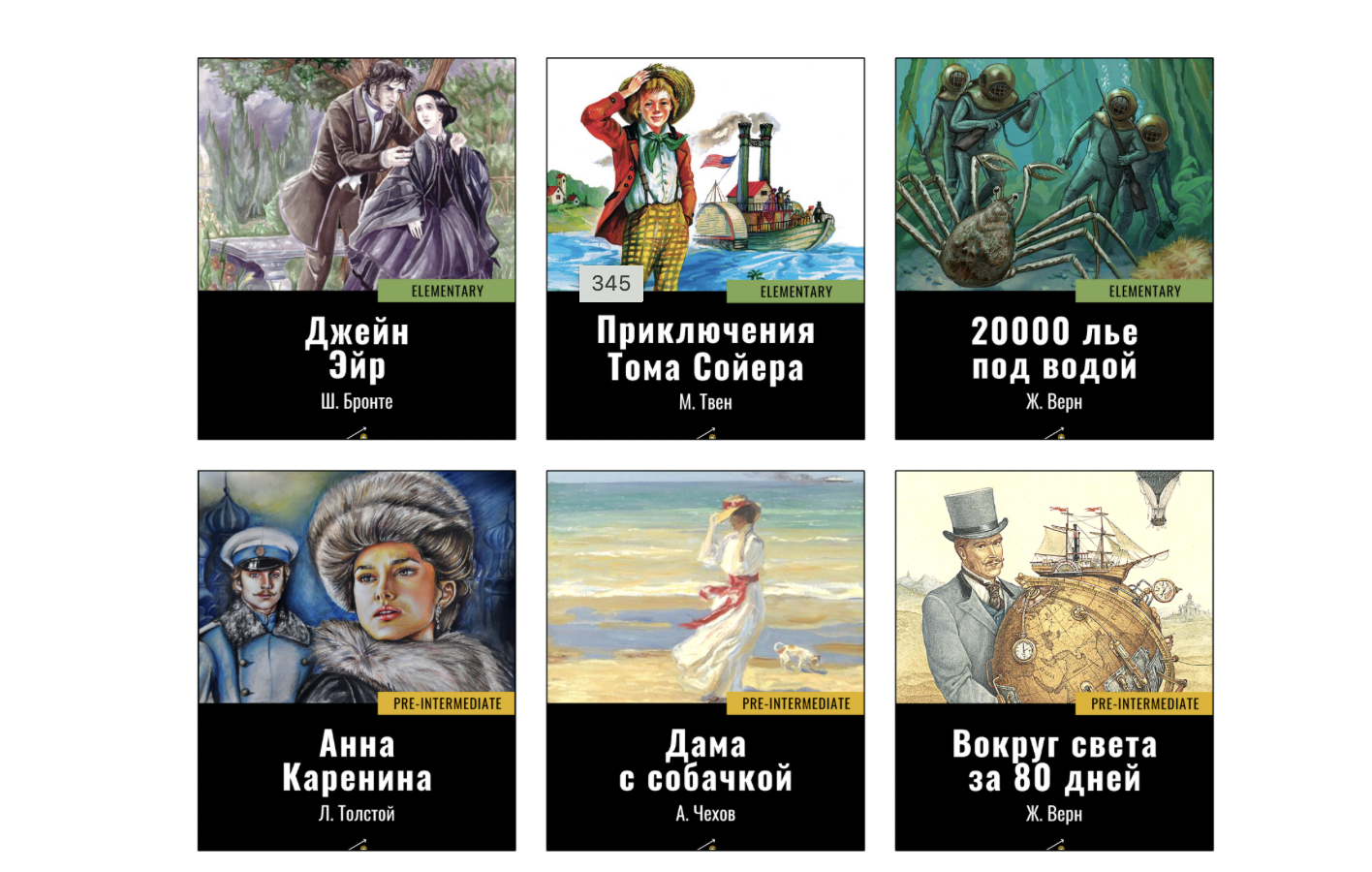
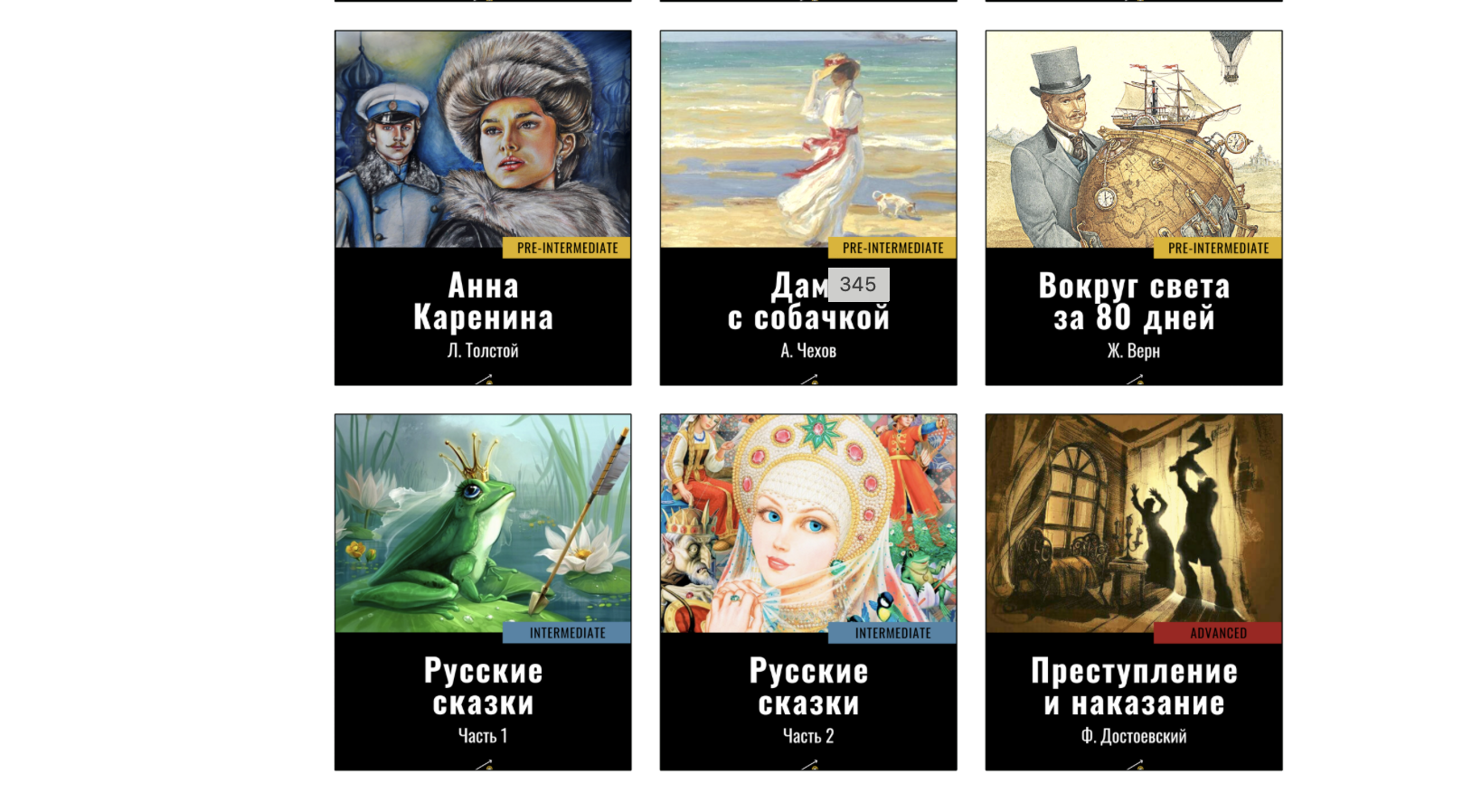
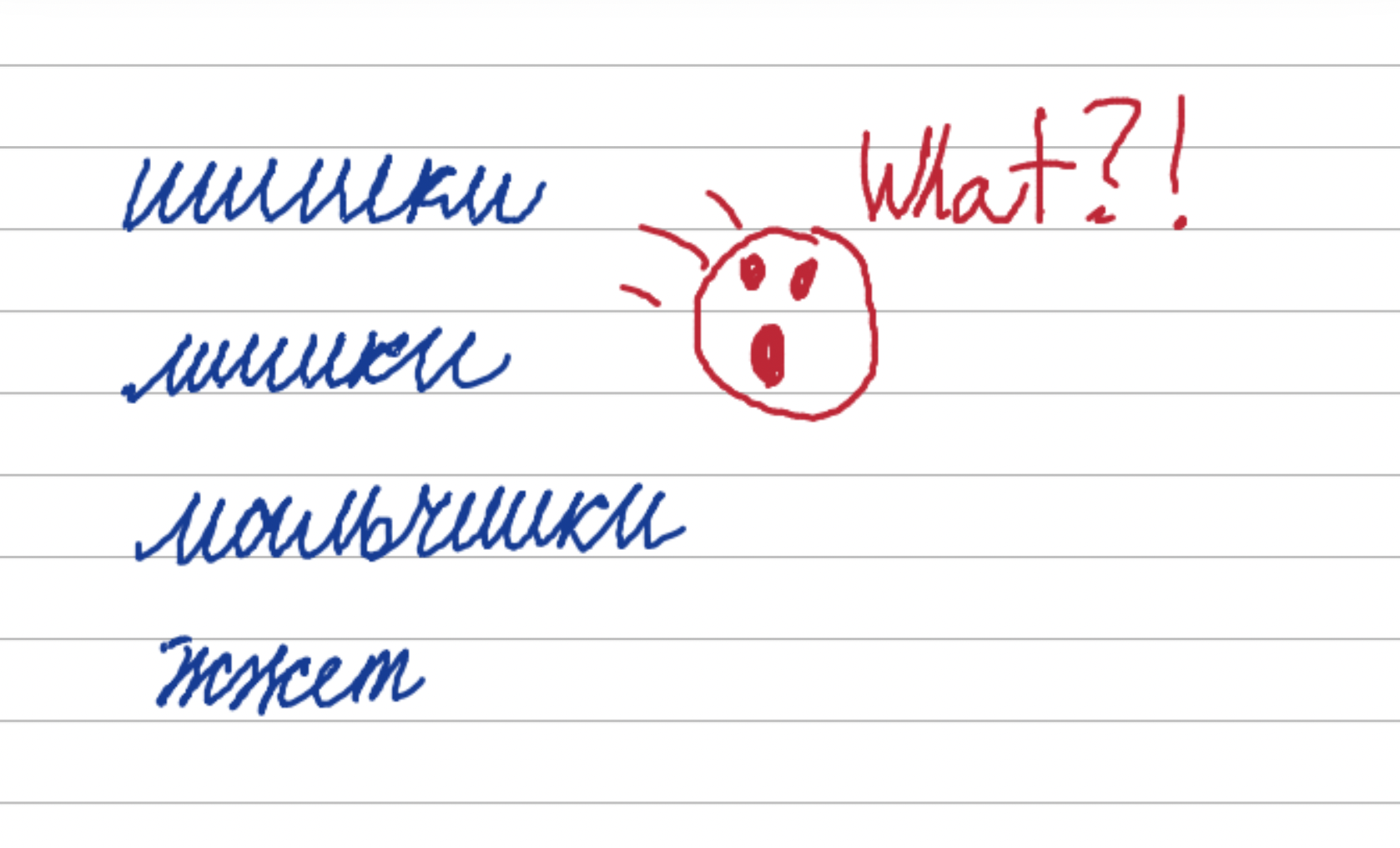
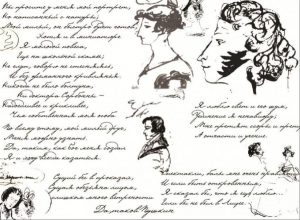 You may be familiar with a famous Russian poet – Alexander Pushkin. Many Russian cities, restaurants, streets, food and squares are named after him. He’s like a Russian Shakespeare. In the illustration you can see his почерк (handwriting). Looks beautiful, but I promise you, not many Russians will be able to easily read it.
You may be familiar with a famous Russian poet – Alexander Pushkin. Many Russian cities, restaurants, streets, food and squares are named after him. He’s like a Russian Shakespeare. In the illustration you can see his почерк (handwriting). Looks beautiful, but I promise you, not many Russians will be able to easily read it.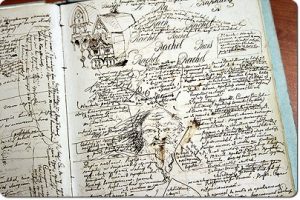 And this one is the handwriting of the Master of Darkest human thoughts, the author of epic ‘Crime and Punishment’ – Fyodor Dostoevsky himself! I honestly don’t know who was able to read this… Well actually, his wife played a part in archiving his manuscripts, she probably did read every page of it with love and affection.
And this one is the handwriting of the Master of Darkest human thoughts, the author of epic ‘Crime and Punishment’ – Fyodor Dostoevsky himself! I honestly don’t know who was able to read this… Well actually, his wife played a part in archiving his manuscripts, she probably did read every page of it with love and affection. Last, but not least is Mr Putin’s handwriting. He complains that he sometimes can’t read his own writing. («Царапал, царапал — не всегда могу разобрать, что нацарапал», — говорит Путин.) “I’ve been scribbling and scribbling, can’t read what I’ve scribbled…” said Putin in one of the meetings of Russian Union of Industrialists and Manufacturers
Last, but not least is Mr Putin’s handwriting. He complains that he sometimes can’t read his own writing. («Царапал, царапал — не всегда могу разобрать, что нацарапал», — говорит Путин.) “I’ve been scribbling and scribbling, can’t read what I’ve scribbled…” said Putin in one of the meetings of Russian Union of Industrialists and Manufacturers 

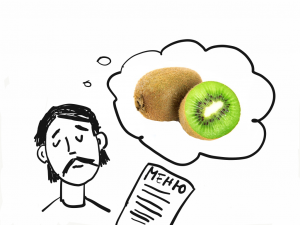
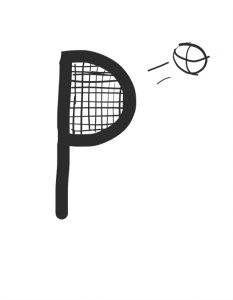
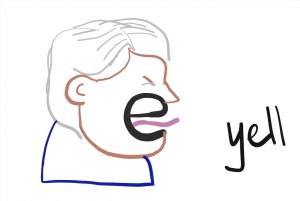
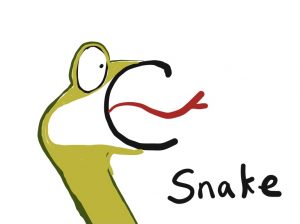
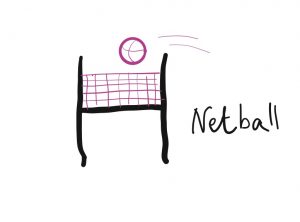
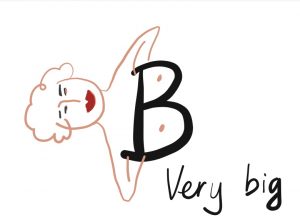

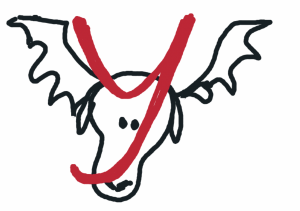 Russian letter у as in moose
Russian letter у as in moose 
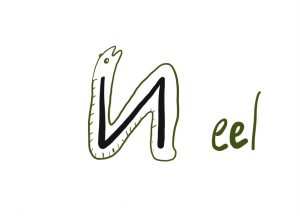
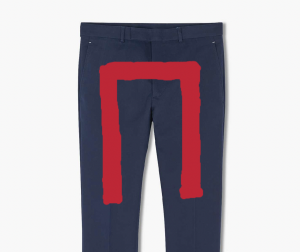
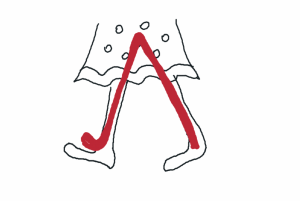
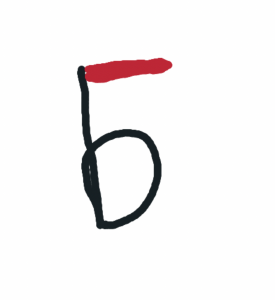
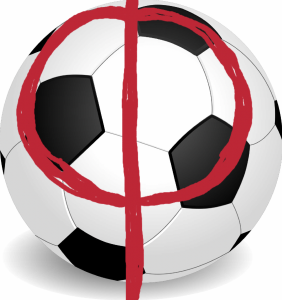 Russian Ф as in Football
Russian Ф as in Football 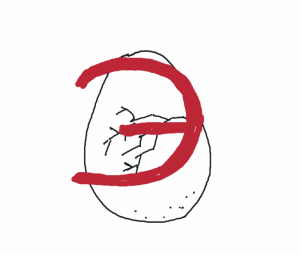
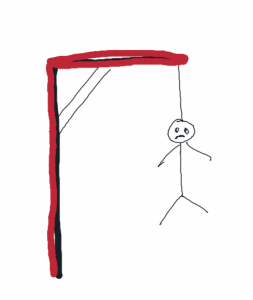
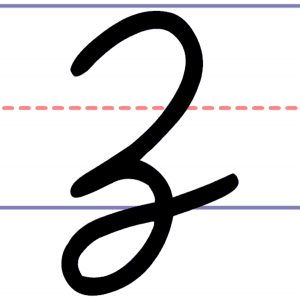 Russian З as in English cursive Z
Russian З as in English cursive Z